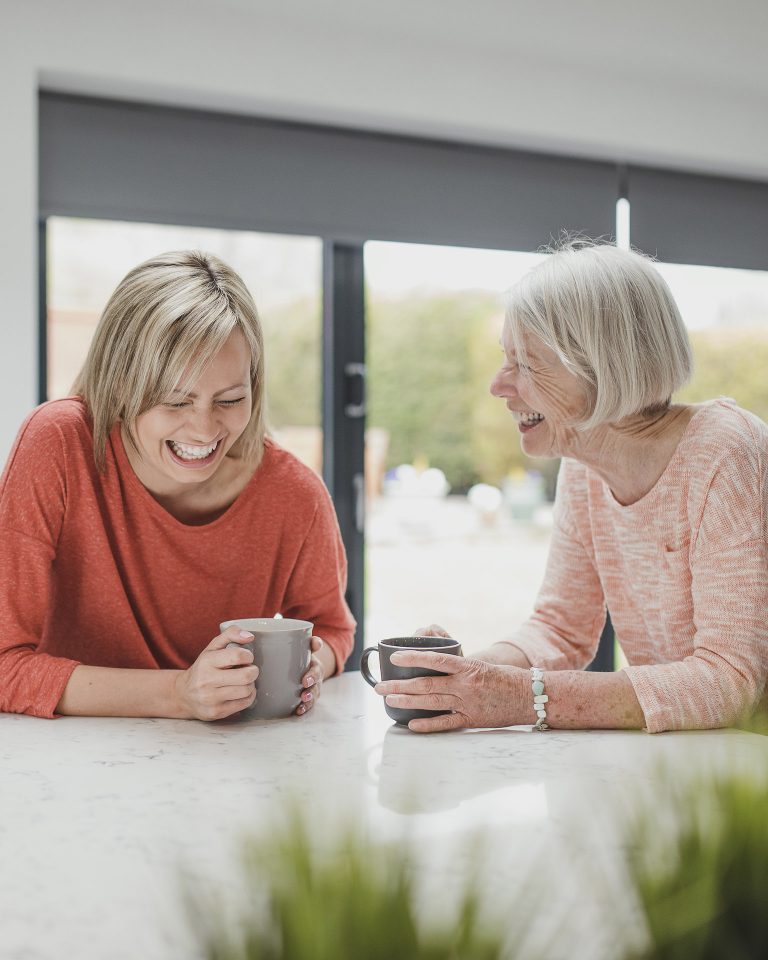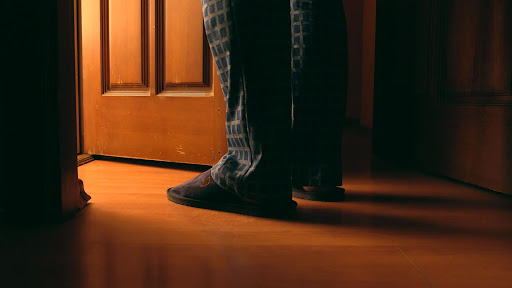
Remote Caregiver Regrets: The Hidden Pitfalls of Relying on Emergency Buttons and Cameras for Senior Monitoring
Are you a remote caregiver struggling to ensure your elderly loved one’s safety at home? Do you find yourself constantly worrying about their well-being while


